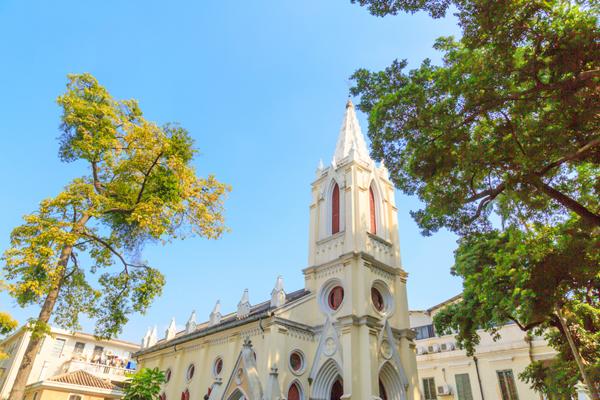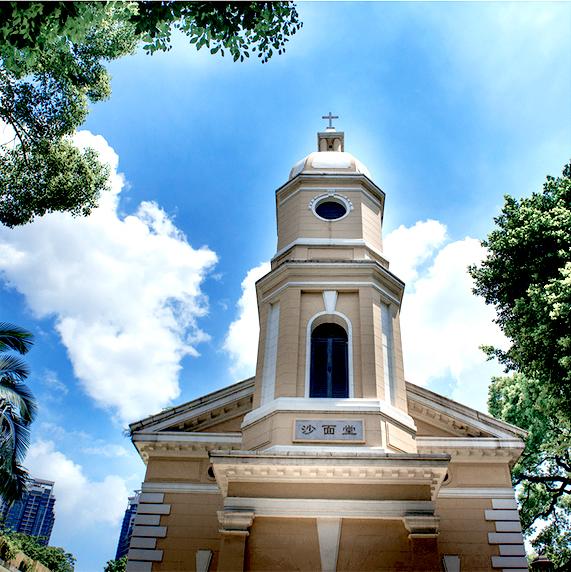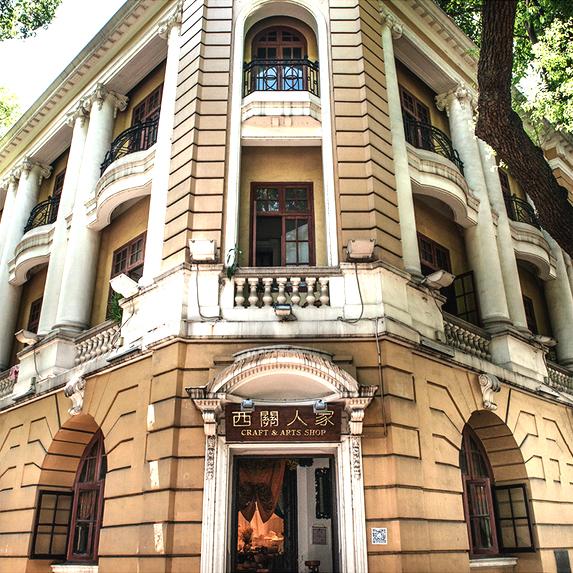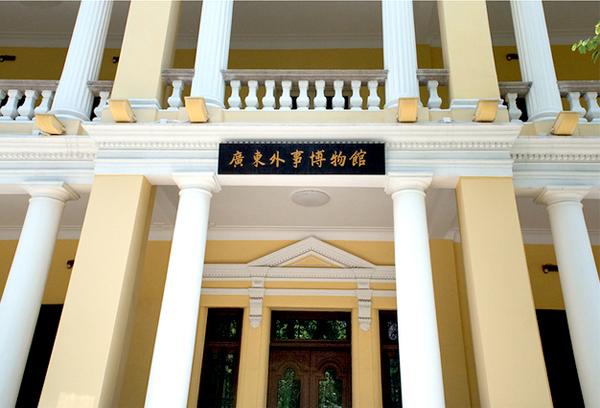ABOUT GUANGZHOU


Shamian Islandis a sandbank island in the Liwan District of Guangzhou city, Guangdong province, China. The island's name literally means "sandy surface" in Chinese.
The territory was divided into two concessions given to France and the United Kingdom by the Qing government in the 19th century. The island is a gazetted historical area that serves as a tranquil reminder of the colonial European period, with quiet pedestrian avenues flanked by trees and lined by historical buildings in various states of upkeep. The island is the location of several hotels, a youth hostel, restaurants and tourist shops selling curios and souvenirs.

Shamian Island was an important port for Guangzhou's foreign trade from the Song to the Qing Dynasty. From the 18th to the mid 19th century, the foreigners lived and did business in a row of houses known as the Thirteen Factories, on the banks of the Pearl River to the east the present Shamian, which was then an anchorage for thousands of boat people. Shamian became a strategic point for city defense during the period of the First and Second Opium Wars. In 1859,the territory was divided in two concessions given to France and the United Kingdom (of which 3/5 belonged to the British and 2/5 to the French). It was connected to the mainland by two bridges, which were closed at 10pm as a security measure. The British arch bridge, also called the "Bridge of England" and built in 1861, to the north was guarded by Sikh police officers, and the French bridge to the east was guarded by Vietnamese (Cochinchina) recruits with the Troupes coloniales.

Trading companies from Britain, the United States, France, Holland, Italy,Germany, Portugal, and Japan built stone mansions along the waterfront. The construction on the island was characterized by climate-adapted but Western-plan detached houses with hipped roofs and large verandahs.
The island was the scene of fighting during the "June 23 incident" in 1925.
After 1949, the mansions of Shamian became government offices or apartment houses and the churches were turned into factories.
Religious buildings
The French Catholic chapel, Our Lady of Lourdes Chapel (露德圣母堂), has been restored and stands on the main boulevard.Located at the French end of the island, it was completed in 1892.
The British Protestant church, Christ Church Shameen (沙面堂;Shāmiàn Táng) was built in 1865.
Consulates
While Shamian Island has historically been the site of a number of consulates, the only one located on Shamian Island as of 2014 is the Consulate of Poland, at No. 63 Shamian Main Street.

Former consulates on the Island include:
·Czechoslovakia. The Czech Consulate was for some time located at No.1 North Shamian Street, in a 1911 building, which later hosted the North Korean trade delegation in Guangzhou.
·France. No. 20 South Shamian Street.
·Germany. No. 59 Shamian Main Street South. The building also housed the Asiatic Petroleum Company.
·Japan. No. 22 South Shamian Street.
·Norway. No. 54 Shamian Main Street North.
·Portugal. No. 42 South Shamian Street.
·Soviet Union. The Soviet Consulate was for some time located at 68 Shamian Main Street North, in a 1916 building.
·United Kingdom. No. 44-46 South Shamian Street.
·United States. The US Consulate Guangzhou was located at No. 56 Shamian Main Street North from 1873 to 1938, and later during several months in 1949. In April 1990, the consulate moved again to Shamian Island, where it occupied the Consulate Tower, a new building at 1 Shamian South Street, built on reclaimed land near the Pearl River and next to the White Swan Hotel. In 2005, the Consular Section of the Consulate moved to a location in Tianhe District. In July 2013, the Consulate was relocated to a new building within Zhujiang New Town.




